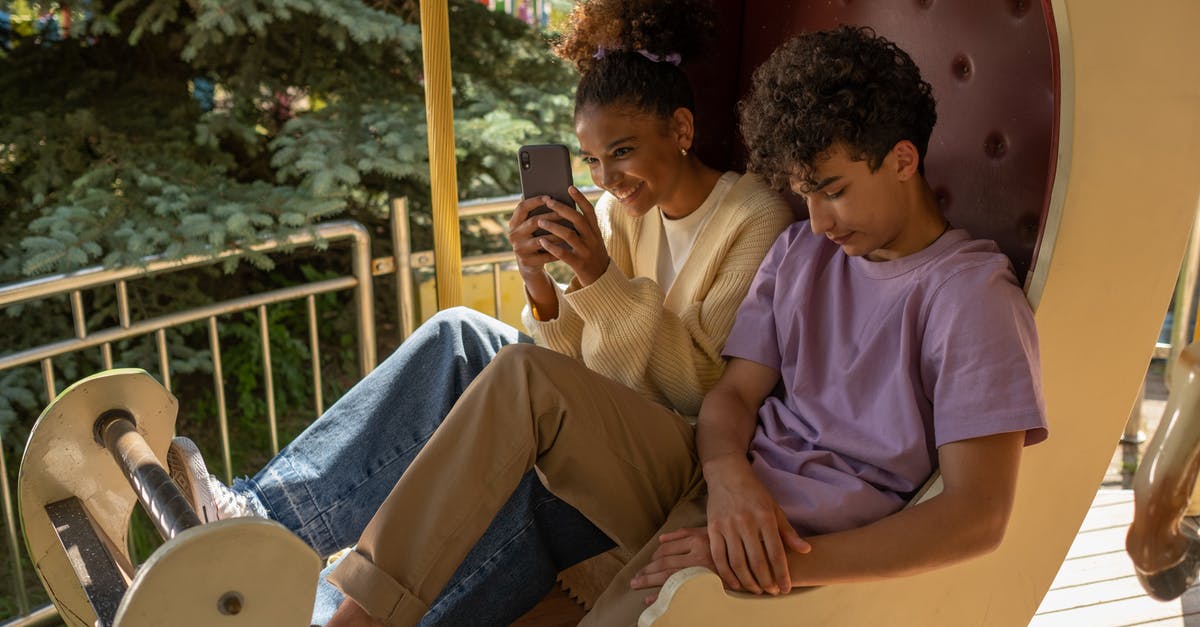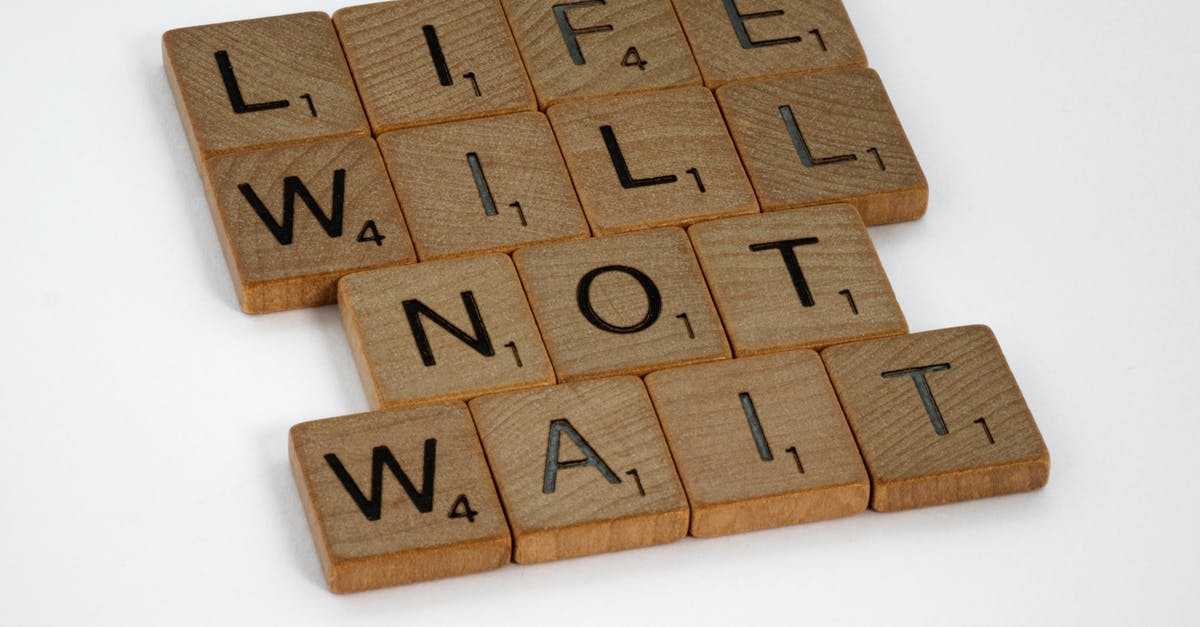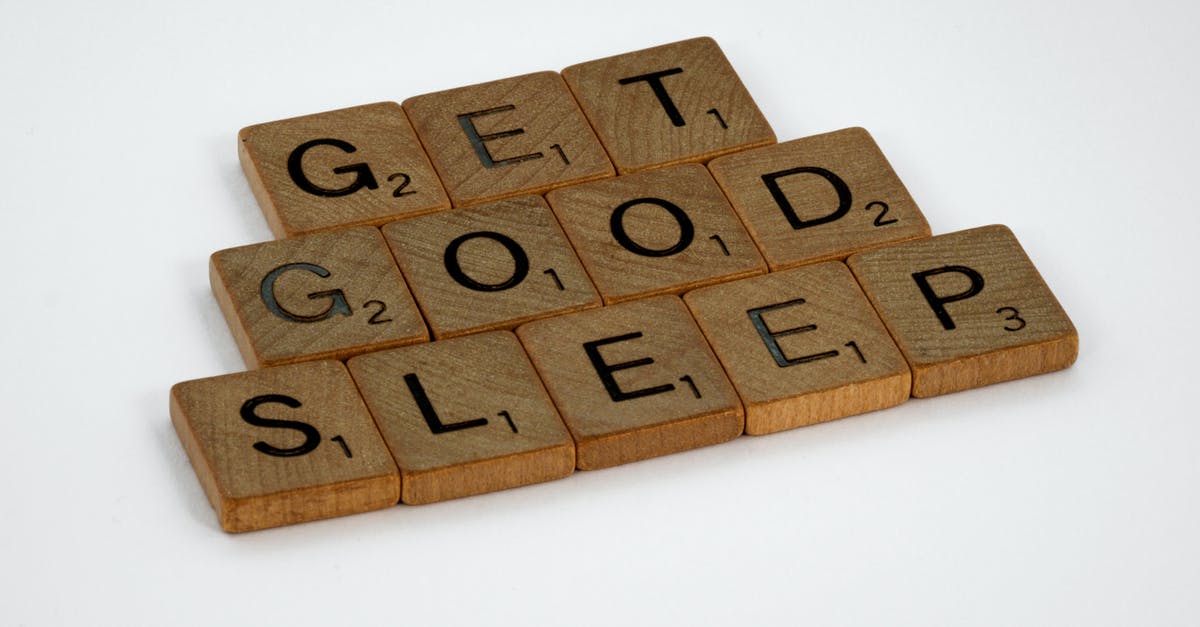Why does "No-one ever get it in the first take"?

After the myriad comments under my answer to the recent question Did Hugh Jackman really tattoo his own finger with a pen in The Fountain? I thought this may work as a separate question.
So, what is it that makes it so tough to get everything on the first take? Is it the actors fluffing their lines? What is it about these actors anyway that they can't just get it right first time?
For this, let's ignore massive stunts that simply cannot ever be repeated - eg actually crashing a Boeing 747 as in Tenet, or getting a visceral reaction in such as Alien or even Willy Wonka.
Late edit
Theatre seems to be drawing a lot of comments as a comparison. Theatre operates absolutely differently. You get maybe three months' rehearsal before opening night, so that hopefully everything goes exactly as planned, two hours straight, no do-overs, every night, plus matinees.
Movies and TV will get two run-throughs for a one or two minute scene, then take one.
The two are not comparable in this way.
Best Answer
So… why can't the actors just get it right the first time?
Well, quite often they can. They are professionals, they do this all day, every day. They have learned how to learn lines, follow direction, and 'do the job they're paid to do'.
Of course, no-one is going to do this first time, every time, but why can't they do it even sometimes? They know their lines, they've blocked the scene. What could possibly go wrong?
Let's take a simple scene.
We have just two principals. They walk towards each other, stand face to face in conversation, then part ways. In the background there are a few indistinguishable passers-by.
To keep this as basic as possible for this scenario, the scene will be shot as one wide, so the audience can see the entirety of the setting, then two simple over-the-shoulder-shots, one from behind each principal looking at the other as they speak. (This is not oscar-winning stuff, I'm keeping it simple.)
The wide will be shot first, as this then becomes a master template for where everyone and everything was at any given moment.
The director takes everyone through 'blocking' first.
This is when the actors run through their lines, not really acting, just speaking them out loud to feel the pace. The director decides the timing and positions each needs to be in to convey their vision of the final scene.
At this point camera may not even be in position, nor lighting. These choices will be made simultaneously or shortly after. The director will give their indication as to how each setup will work and many other people will then be assigned their part of the task to ensure that can be realised. Camera position, lighting and everything else that will be 'seen' in each setup - props, supporting actors, 'art department' which can cover everything not covered by the above - furniture, curtains, practical lights (practicals are any light that is part of the scene itself, like a desk lamp).
There may come a point where all techs are asked to clear so camera can "have a look", before further finessing. This is the first time everyone will really be seeing the shot as it is to become.
The Director of Photography (DoP) will be working with camera and lighting to ensure the scene will look how the director wishes. The camera operator will be working with their two assistants (called AC - assistant camera - 1 and 2 in US parlance, Focus-puller and Clapper loader in UK, though these terms are merging these days).
AC 1 will need measurements to each focus point for the whole scene. Camera has very accurate measuring these days, just like your own consumer camera or phone, but no self-respecting AC1 will ever rely on that;) AC1 uses a remote control focussing device with measured rings which they can mark with distances. They watch via a dedicated portable monitor on a stand, just for them. For a long walk into shot, they will get one of the second team (stand-in) to walk the route and will physically measure, with a good old-fashioned reel of cloth tape, and mark points on the ground down the route.
Principals by now will have likely finished blocking and will have been stepped off. The second team will be in place now, whilst the techs are doing all this measurement, checking how the lighting looks on camera and making adjustments.
Once this is just about all ready to go, then the 3rd Assistant Director (3rd AD) and their assistants (all confusingly called "thirds") will bring in the supporting artists ('extras') and place them; give them moves to be timed either against dialog if it can be heard from there, or by counting off seconds (called 'beats' but you can consider them seconds) mentally if not.
So, everyone is just about in place.
The principals are called back to set and the second team goes to watch playback on the monitors in the "video village". Stand ins (2nd team) need to be able to see the scene unfold in case any large changes are to be made and they are called back to set. They need to know what, if anything, has changed since they were last on.
We're ready for a rehearsal take.
Camera goes up ("Lights, camera, action" - no-one ever says this, but the precursor to a take is a topic all of its own) and the scene is run.
The director or DoP may need to make changes, big or small, then a second rehearsal take, rarely a third… and then, after no more than a couple of hours since we all walked onto set - we're ready for a take!!
The first AD shouts "final checks" and 20 more people rush in, making sure everyone's hair is exactly right, costume, people are holding the right props, etc. When everyone is happy, off they all scurry again, and now we're ready to go.
"Going for a take… Lights, camera, action"
Everybody knows what they're doing, where to be, the lights are up, camera is happy.
What could possibly go wrong?
Well… everything and anything.
The director has to get this right.
Now everything has settled down, we're really starting to see the true direction the scene is taking; how it shapes, how the actors' positions and camera focus affect the feel of the shot.
"Can we just move your mark forwards a couple of inches?"
AC1 has to run in to move a little T-shape of gaffa tape on the floor so the principal knows where to stand next time.
"I don't like how that SA crosses picture just on the vital line."
It's communicated to the 3rd AD that the passer's timing needs adjusting, or that they take a different route.
"It's a bit bright just over there."
The DoP and lighting gaffer arrange to have a light moved, or a flag dropped in to shade it a bit.
"Could we just pace up the pan as [actor] walks in, so we arrive before he does?"
Camera op makes a mental note and shows the move to the director a couple of times.
"I think we should pull focus just on that line so Actor B is sharp instead of actor A"
AC2 makes some more measurements. Checks with Camera op and director.
"There's a water bottle in shot" (or coffee cup, or script, or Volkswagen Beetle…)
"I can see a 'florry' in reflection"
Camera has spotted something reflecting in a window or a mirror, or a car, or a bottle, or… anything reflective; something that should not be seen. "Florries" are anyone wearing a bright yellow fluorescent jacket, usually security, locations, or facilities.
"I think we perhaps ought to change that line to emphasise just how much [actor] loves/hates/doesn't care about xyz."
Actor tries to remember new instruction (any changes to an actor from the director is known as 'notes' even if no-one ever writes them down)
Script Supervisor (previously known as Continuity) does write them down.
…and off we go for take two.
No-one got anything 'wrong', no-one made a mistake, just it wasn't all quite exactly perfect.
The principal actors, through all this, just stand patiently waiting for the next take, or until the 1st AD shouts "Moving on" to the next setup - thereby indicating the director was happy (in parlance, "they bought that one").
As this is only the wide shot, the actors haven't even come up to full 'speed' yet. They're going to save the truly emotional drain the scene might have for their own close-up. That's the one that matters in the end.
We spent maybe two or more hours (my record is 5 hours, from crew call to first roll, with Tim Burton) getting far enough into the process to even go for the first take. Why would anyone stop right there?
Many of these decisions are artistic not technical. The director needs to always remain aware that the final shape of the movie may not be as initially intended, so some leeway in interpretation may be required. Take 1 might just be the one they use in the final cut, but so much time has been invested getting to take 1 that multiple takes make sense, even if there are no technical issues, only artistic.
That's why no-one ever gets it in the first take.
Pictures about "Why does "No-one ever get it in the first take"?"



FIRST TAKE | \
More answers regarding why does "No-one ever get it in the first take"?
Answer 2
Actors (and the legion of technical staff, as mentioned in Tetsujin's answer) can't "get it right" in one take because there's no singular "it" that they're aiming for. The final form of a movie is in constant flux, up to and even after its release date. Scenes may be cut for time, or budget, or scheduling problems. Stunts or effects might be more difficult to realize or less convincing than expected. New scenes could be written in midway through the shoot. (Note that scenes aren't shot in chronological order, but in the order that's most convenient to production.) And sometimes editors and directors just plain change their minds in the editing room.
When a scene is being shot, it's not always possible to know how it's going to fit into the overall film in terms of visuals, emotions, overall story continuity. A wise director wants to keep their options open for later, so they'll try to capture as much coverage as possible: different camera angles, different line reads and body language, different blocking or business by the actors. That way, when they sit down in the editing booth they have enough material to work with; they can craft the film that they want, without being restricted by the decisions they made months or even years ago in a relative vacuum.
Even if the first take is good, or exemplary, or ends up being the one that makes it into the final movie, that doesn't mean that a single good take is ideal. No one wants to have to reshoot scenes after principal photography has wrapped, for a variety of reasons, so it pays to have an adequate supply of different takes wherever possible. And as Tetsujin points out, the vast majority of the cost of most scenes is in setup. By the time the camera is rolling, additional takes are a tiny added cost but a huge potential benefit.
Sources: Stack Exchange - This article follows the attribution requirements of Stack Exchange and is licensed under CC BY-SA 3.0.
Images: Ron Lach, Brett Jordan, Brett Jordan, Brett Jordan
